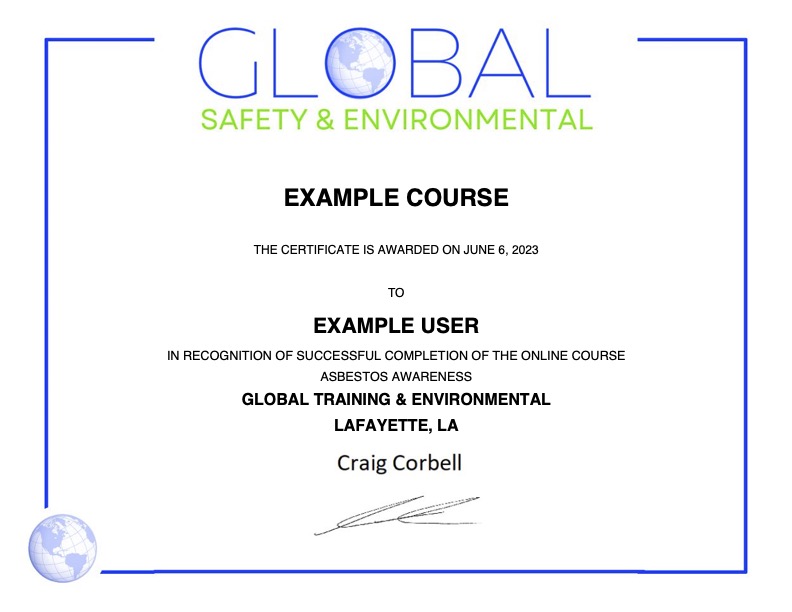Description
Understanding Cold Stress: Symptoms and Prevention
Cold stress is a significant concern, especially for those who work in cold environments. It can have serious health implications if not managed properly. In this comprehensive guide, we will explore the concept and its symptoms, preventive measures, and the importance of compliance with OSHA guidelines.
Symptoms from the Cold
Recognizing these symptoms is crucial for both employers and employees. Exposure to extreme cold can lead to frostbite, hypothermia, and other health issues. Symptoms may include numbness, tingling, shivering, confusion, and loss of coordination. It’s essential to be vigilant and take immediate action if these signs appear.
Compliance with OSHA Guidelines
The Occupational Safety and Health Administration (OSHA) provides clear guidelines for preventing and managing cold weather and stress in the workplace. These regulations are designed to protect workers and ensure their safety. Employers must be well-versed in OSHA’s recommendations to create a safe working environment.
OSHA recommends measures such as providing adequate protective clothing, scheduling regular breaks in warm areas, and educating workers about the risks of stress. Compliance with these guidelines not only reduces the risk of stress in severe weather but also ensures legal adherence.
Preventing Cold Stress
Prevention is the key to mitigating the effects of cold stress. Employers should implement a proactive approach to safeguard their employees. This includes supplying appropriate clothing, monitoring weather conditions, and offering training on stress prevention and recognition in cold weather. Employees, on the other hand, should take responsibility for their well-being by wearing insulated clothing, staying dry, and reporting any symptoms promptly. Together, employers and employees can create a safer work environment.
In conclusion, understanding these symptoms and taking preventive measures are critical in protecting workers in cold environments. Compliance with OSHA guidelines is not only a legal requirement but also a moral obligation. Prioritizing the well-being of employees ensures a healthier and more productive workforce.





